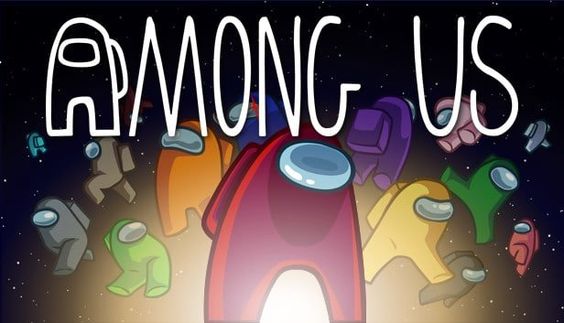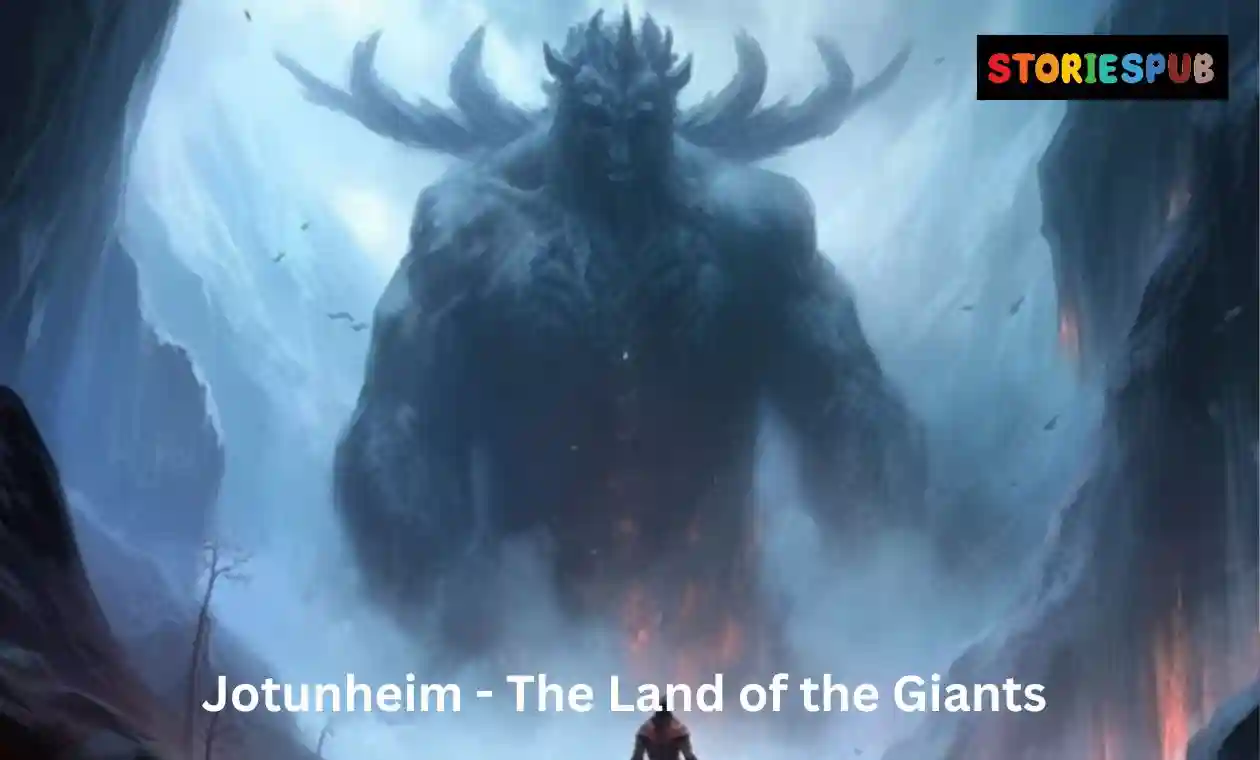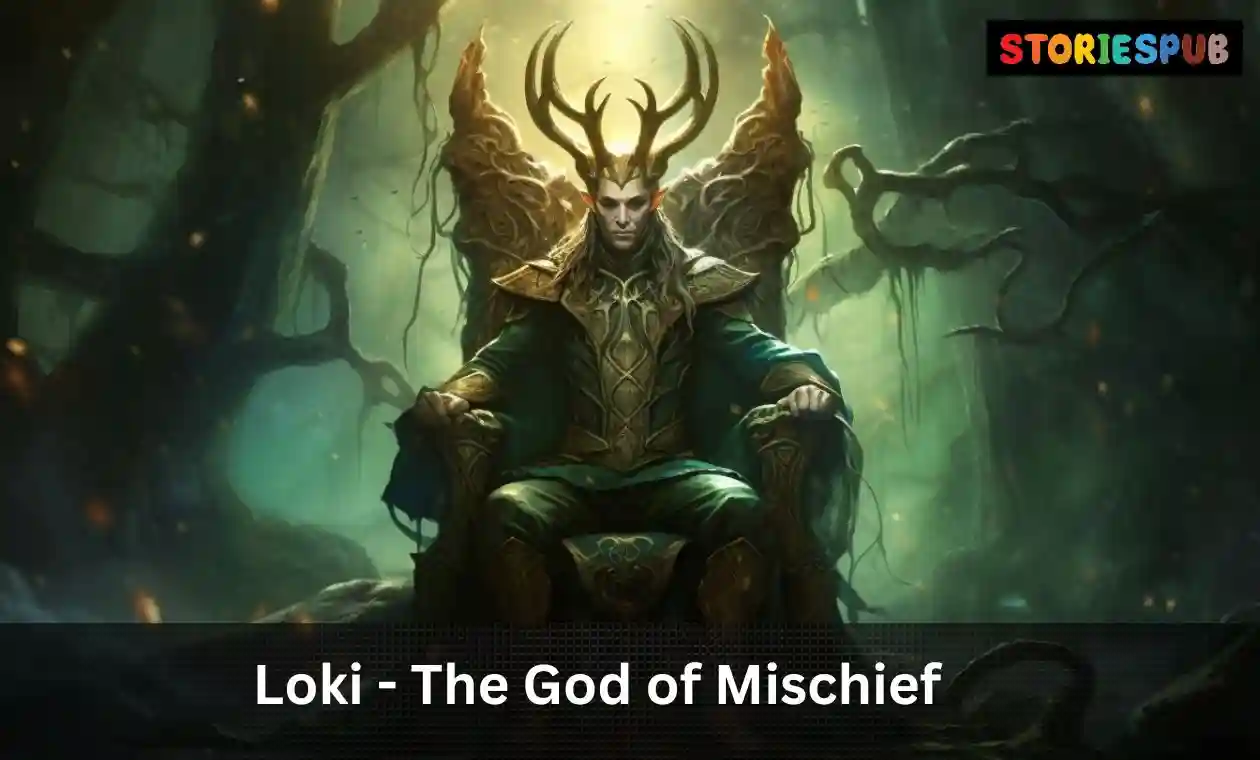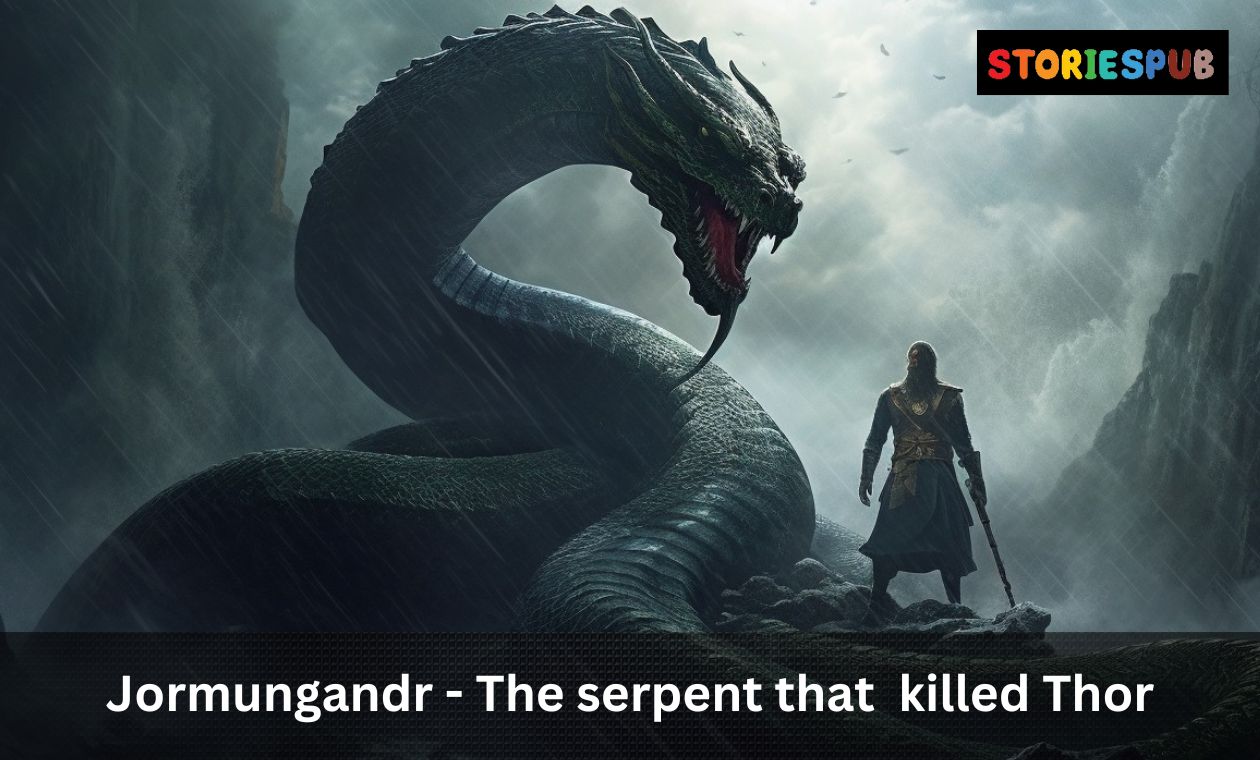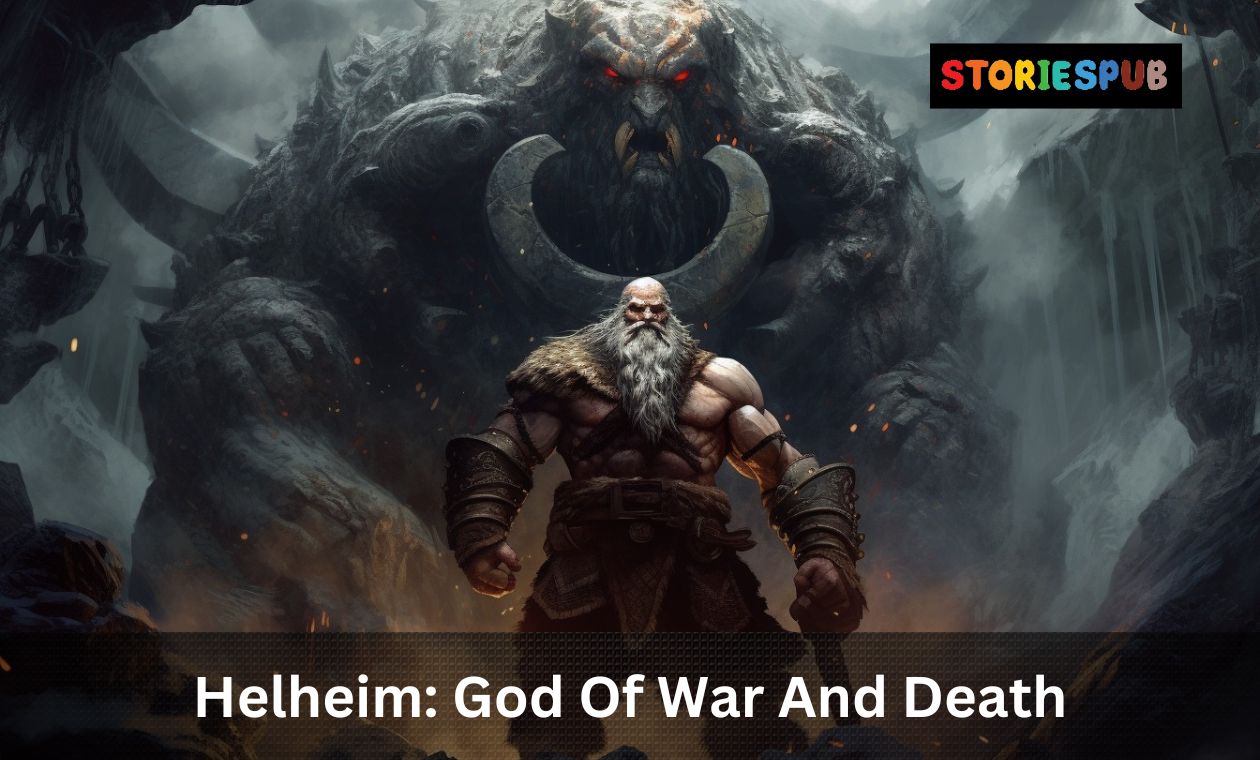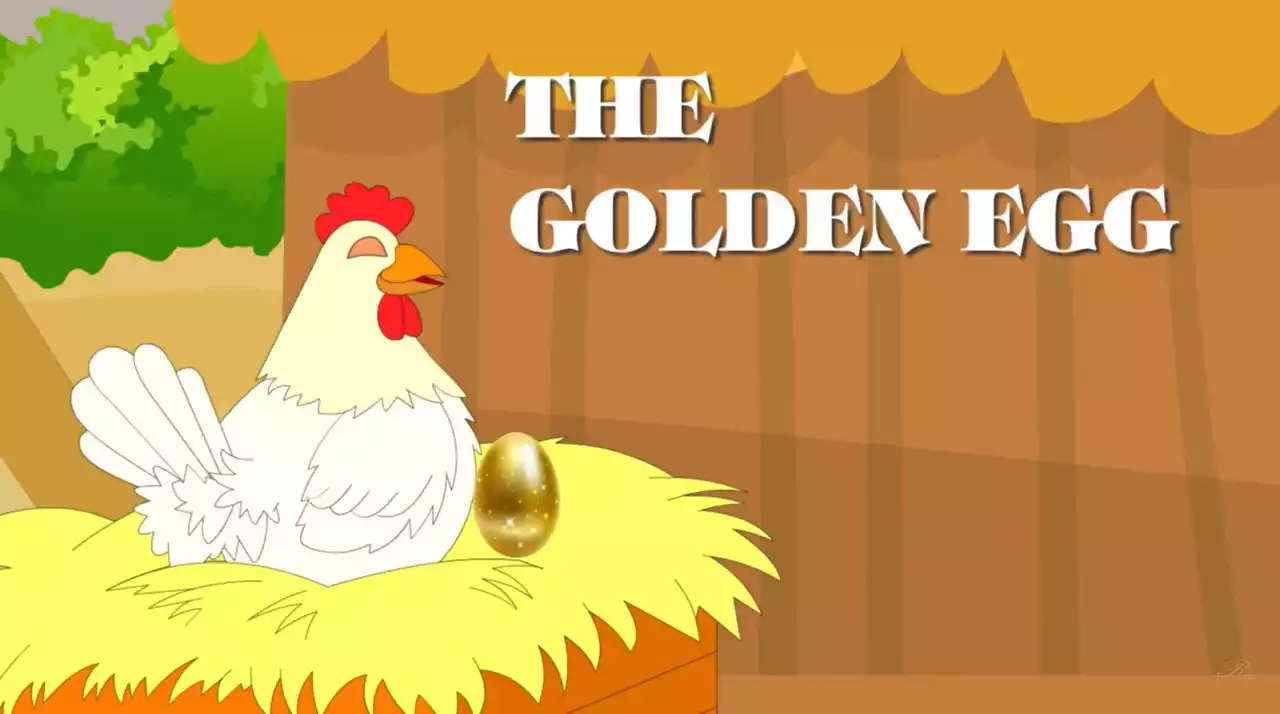Jotunheim – The Land of the Giants in Norse Mythology

Introduction
Norse mythology is a vast and complex collection of stories, beliefs, and practices that originated in Scandinavia during the Viking Age. It centers around various gods, goddesses, heroes, and creatures that inhabit different realms, including Asgard (the home of the Aesir gods), Midgard (the world of humanity), Helheim (the realm of the dead), and Jotunheim (the land of the giants).
While many people may be familiar with Norse mythology through popular culture references like Marvel’s Thor movies or Neil Gaiman’s book “Norse Mythology,” it is important to note that these adaptations are often heavily altered from their original sources. In this article, we will dive into the complete story of Jotunheim – one of the most fascinating realms in Norse mythology.
Brief Overview of Norse Mythology
Norse mythology is a complex system that has evolved over time with various interpretations and variations. While its origins can be traced back to ancient pagan beliefs, much of what we know comes from written sources like Icelandic sagas and Eddic poetry. The myths center around the Aesir gods – such as Odin, Thor, and Loki – who live in Asgard.
According to Norse cosmology, there are nine worlds connected by Yggdrasil – a mythical tree that serves as both a physical and spiritual link between them. These worlds include Asgard where Odin rules over his fellow gods; Midgard where humans live; Helheim where those who have died go; Niflheim which is cold and barren; Muspelheim which is hot and fiery; Alfheim ruled by Freyja; Vanaheim ruled by Vanir gods like Freyr; Svartalfheim where dwarves live, and Jotunheim – the land of the giants.
Introduce Jotunheim as the Land of Giants
Jotunheim is one of the nine realms in Norse mythology and is depicted as a harsh, mountainous region inhabited by various kinds of giants. The word “jotun” means “giant” in Old Norse, which explains why Jotunheim is often referred to as “the land of giants.” Giants in Norse mythology are typically portrayed as powerful and formidable beings with god-like abilities.
They are often associated with natural phenomena like earthquakes, storms, and avalanches. In some cases, they are also depicted as being wise and knowledgeable.
In Norse mythology, Jotunheim is home to several prominent giant characters such as Utgard-Loki, Skrymir, Thrym (who stole Thor’s hammer), Geirrod (who captured Odin), and Gerd (who fell in love with Frey). Their stories often involve conflict with the Aesir gods or heroes like Thor who venture into Jotunheim on missions or quests.
Overall, Jotunheim plays an important role in Norse mythology as a place where the boundaries between gods and giants blur. Its rugged landscape and strong inhabitants add to its mystery and intrigue – making it one of the most fascinating realms in this ancient belief system.
Origin and Description of Jotunheim
Explain how Jotunheim came to be in Norse mythology
Jotunheim, also known as the land of the giants, is one of the Nine Worlds in Norse mythology. It is believed to have existed before Odin and his brothers created the world as we know it.
According to legend, this realm was formed by Ymir, a giant who was born from the melting ice of Niflheim and the heat of Muspelheim. He is said to be the ancestor of all other giants.
When Odin and his brothers killed Ymir, they used his body parts to create various parts of the world, including Jotunheim. This realm was considered a dangerous place where giants lived and thrived.
It was separated from Asgard, home to gods like Odin and Thor, by a river called Iving River. The bridge that crossed this river was guarded by Mimir’s head.
Describe the physical characteristics of Jotunheim, including its location and landscape
Jotunheim is often described as a cold and mountainous land. The mountains are so tall that they reach up to the sky itself.
The weather in Jotunheim can be treacherous with storms raging for days at a time. The landscape is filled with valleys dotted with trees that are perfect for hunting game or gathering firewood.
Rivers flow through valleys providing fresh water for those who live there. This realm has three main regions: Thrymheim (the home of Thiazzi), Utgard (the home of Utgard-Loki), and Gastropnir (the home Menglad).
Each region has its own unique features such as towering cliffs in Thrymheim or an impenetrable fortress in Gastropnir. Jotunheim’s location is hard to pinpoint, but it is believed to be in the north.
Due to its harsh climate and dangerous inhabitants, few people ever ventured there even if they knew how to get there. The borders of Jotunheim are controlled by giants who would strike down anyone who trespassed without permission.
It is said that the only way for someone to enter Jotunheim safely is with permission from a giant. Jotunheim was created by Ymir and is full of towering mountains, valleys, and rivers.
It is a harsh environment full of dangers like storms and giants guarding its borders. Although it may seem inhospitable, many powerful events in Norse mythology took place there making it an important part of this ancient belief system.
The Giants of Jotunheim
Introducing the Giants
Jotunheim, also known as the land of giants, is inhabited by a race of powerful and fearsome beings known as the Jotnar or Jotuns. These giants were regarded as enemies of the gods in Norse mythology, but they were not always portrayed as evil or malicious.
Some were even seen as friendly and helpful to humans. The Jotnar are described as having immense physical strength and size, with some towering over mountains.
They have rough skin and hair, and their eyes are often described as glowing like fire or ice. They possess incredible endurance and can withstand extreme temperatures, making them formidable opponents in battle.
Their Physical Appearance and Abilities
The Jotnar are varied in their physical appearance; while some resemble humans with exaggerated features, others have animalistic traits such as horns or fur. Some are even depicted with multiple heads or limbs. Their abilities go far beyond their immense strength.
The giants are renowned for their magical powers; many possess knowledge of runes, shapeshifting abilities, and can call upon the forces of nature to aid them in battle. They are also skilled craftsmen and builders; Loki’s father was a giant who built Asgard’s walls under an impossible deadline.
Their Role in Norse Mythology
The giants play a significant role in Norse mythology – they are portrayed as powerful beings that frequently challenge the gods for control over the nine realms. Their battles against Thor were legendary: his hammer Mjolnir was created specifically to defeat them. Despite being technically enemies of the gods, there were occasions where alliances between them occurred – Odin himself had a son with a giantess named Gunnlod who guarded mead that granted immortality.
The giants also served important narrative functions: they represented natural forces such as storms, earthquakes and avalanches, and were sometimes used as metaphors for human emotions such as anger or greed. By defeating them, the gods maintained balance between the forces of chaos and order.
Their Depiction in Mythology
The giants’ role in Norse mythology was often ambiguous; while some were portrayed as evil and destructive, others showed acts of kindness towards humans. They are seen as a force of nature that could not be easily defeated yet could be negotiated with.
Jotuns were frequently portrayed in sagas as cunning adversaries who needed to be outsmarted rather than just fought. This made them greatly feared by gods and humans alike – they were almost like a force of nature rather than sentient beings.
Their depiction is far from homogeneous: some giants had great wisdom, others sought to destroy everything around them. They represented an unpredictable aspect of life that could bring both destruction and creation.
Conclusion
Jotunheim’s giants are an essential part of Norse mythological canon. They represent the raw power of nature and helped create a rich tapestry of mythology with their unique abilities and physical attributes. Their significant role in battles against the gods made their depiction one that oscillated between fear, respect and intrigue; they remain one of the most captivating aspects of Norse mythology to this day.
The Giants Of Jotunheim In Norse Mythology
Jotunheim is known in Norse mythology as the land of the giants, and it is home to a multitude of frost giants. According to legend, the giants were born from Ymir, an ancient being that came into existence when Ginnungagap (the void) was formed.
The giants play an important role in Norse mythology, often acting as antagonists to gods such as Thor and Odin. One notable event that takes place in Jotunheim is Thor’s visit to Utgard-Loki’s castle.
In this story, Utgard-Loki challenges Thor and his companions to various contests and tricks them into thinking their feats are smaller than they actually are. For example, Thor believes he has failed to lift a cat from the ground when in reality he has lifted Jörmungandr, the serpent that encircles Midgard.
The giants play a key role in this story by orchestrating these events and challenging the gods’ strength and abilities. Giants also appear in other myths involving the gods battling against them or seeking their help for specific purposes.
For instance, Loki once enlisted a giant named Skrymir to help him enter Utgard-Loki’s castle while disguised as a flea riding on his back. Additionally, during Ragnarok (the Norse end of days), Surtr – a fire giant from Muspelheim – is said to join forces with other giants from Jotunheim.
Despite their often-antagonistic role in mythology, not all interactions between gods and giants are combative. Sometimes they form alliances or even familial relationships: for example, Odin had two sons with Gunnlod – a giantess who guarded mead brewed by her father Kvasir – while Thor was married to Sif – another giantess who was also known for her golden hair.
Physical Appearance And Abilities Of Giants
Giants in Norse mythology are typically described as immense beings, often towering over the gods themselves. They are depicted as having incredible physical strength and endurance, and some giants have the ability to shift their shape or disappear into thin air. As with many aspects of Norse mythology, even giants’ appearances differ depending on the story – some legends depict them as being distorted or malformed, while others show them more like humanoids.
In terms of culture, giant society is characterized by a lack of social hierarchy and structure, with no clear leaders or significant differences in power between individuals. While there are exceptions (such as Surtr), most giants seem to live in relative isolation from one another.
Significance Of Jotunheim In Norse Mythology
Jotunheim’s significance in Norse mythology lies primarily in its association with the giants – figures who often play pivotal roles in myths involving gods such as Thor and Odin. The frost giants of Jotunheim act both as obstacles for the gods to overcome, and also sources of knowledge that occasionally aid their endeavors. Perhaps most importantly, Jotunheim serves to highlight the cosmological diversity present within Norse mythology; it is just one realm among many that make up an intricate web of interlocking worlds populated by both divine beings and mortal creatures alike.
Modern Interpretations And Pop Culture References
In modern times, Jotunheim has made appearances across a wide range of media – from books to films and video games. Perhaps most notably, Marvel Studios’ Thor movies prominently feature the realm: Asgard’s enemies are recruited from among the frost giants; Loki’s Frost Giant heritage is shown; and several scenes take place within Jotunheim itself.
Additionally, various video games (such as God Of War) have incorporated elements from Norse mythology including characters like Skrymir or interpretations of major events like Ragnarok. These depictions often draw on the rich and complex mythology established in primary sources, but also take creative liberties to make stories more engaging for modern audiences.
Conclusion
Jotunheim is a fascinating piece of Norse mythology, serving as both a physical location and a symbol of the giants who inhabit it. From Thor’s visit to Utgard-Loki’s castle to Surtr’s fiery involvement in Ragnarok, giants from Jotunheim are key players throughout many Norse myths. Jotunheim represents one of many realms within the cosmology of Norse mythology and serves as an essential component in understanding the rich tapestry of beliefs, stories, gods and creatures that make up this unique worldview.
Significance of Jotunheim in Norse Mythology
Jotunheim, the land of the giants, holds significant importance in Norse mythology. It is one of the nine worlds that exist in Norse cosmology and is home to various giants or jötnar. The giants are an essential part of Norse mythology as they are often depicted as powerful beings that possess great knowledge and wisdom.
The significance of Jotunheim also stems from its connection to Asgard, the realm of the gods. According to Norse mythology, Odin and his brothers Vili and Ve created the world from the body of a giant named Ymir.
This creation myth establishes a connection between Jotunheim and Asgard, two realms that are intertwined through their origins. The relationship between Jotunheim and Asgard is further explored through various stories in Norse mythology where gods interact with giants.
In some cases, these interactions lead to conflict, such as when Thor visits Utgard-Loki’s castle and must prove his worthiness against a series of challenges set by Loki. In other cases, however, gods build alliances with specific giants for their own benefit.
Giants as Symbols
Giants in Norse mythology also serve as symbols for chaos and disorder. The giants are often depicted as powerful beings who can manipulate natural forces such as storms or earthquakes to wreak havoc on the world.
Their powers represent a form of chaos that threatens orderliness held by entities like gods. On another note, jötunn often symbolize wilderness regions beyond human control where anything can happen at any time without warning or explanation. Jötunn might be seen appearing before humans either helpfully or menacingly.
Mimir’s Well
In addition to this symbolic representation of chaos, Jotunheim contains Mimir’s well, which is considered to be one of the most sacred and mystical places in Norse mythology. Mimir’s well is the source of wisdom and knowledge, and it is guarded by the giant Mimir who drinks from it every day.
Odin seeks out Mimir to gain knowledge from the well, but must pay a great price for this knowledge. This story highlights Jotunheim’s significance as a place where essential knowledge and wisdom can be obtained but at a great cost.
Relation with Midgard
Jotunheim also has a relationship with Midgard, the realm of humans. The giants are often depicted as threatening human life by causing natural disasters such as floods or earthquakes.
In some cases, giants even intermarry with humans resulting in hybrid creatures like Loki’s children. This link between Jotunheim and Midgard suggests that there may be a connection between humans and giants beyond simple conflict. In fact, “Jötnar were often portrayed as villains in Norse myths, but they could also help people…”.
The End of Days
Jotunheim plays an essential role in Ragnarok – the end of days – where gods will fight against giants. In Norse mythology, Jötnar survived many apocalypses before their final defeat at Ragnarok when they fought alongside other forces against ruling gods. Jotunheim’s connection to Ragnarok highlights its significance as a place of ultimate destruction that must be overcome for order to be restored.
Conclusion
The importance of Jotunheim in Norse mythology cannot be overstated. It serves not only as the home of the giants but also as a realm that holds great knowledge and wisdom.
Its connection to Asgard, Midgard, and the end of days makes it an essential part of Norse cosmology. The stories that take place in Jotunheim serve to illustrate the power struggle between chaos and order, thereby highlighting its symbolic value.
Modern Interpretations and Pop Culture References
Jotunheim has been portrayed in various forms of popular culture, including movies, TV shows, video games, and literature. Its portrayal in these mediums often reflects the rich history and mythology of this mystical land of giants. Let’s dive into some of the most notable modern interpretations and pop culture references of Jotunheim.
Marvel’s Thor Movies
One of the most popular recent portrayals of Jotunheim is in Marvel’s Thor movies. In these films, Jotunheim is depicted as a harsh, frozen wasteland that serves as the home to a race of frost giants who are often at odds with Thor and his allies from Asgard. In the Marvel Cinematic Universe (MCU), Jotunheim is first introduced in 2011’s “Thor,” where we see Thor battling against Laufey, king of the Frost Giants.
The portrayal of Jotunheim in these films draws heavily from Norse mythology but also adds its own unique twist to it. For example, while Norse mythology depicts Jotunheim as a place where giants live peacefully away from humans, Marvel portrays it as a dangerous land that poses a constant threat to Asgard.
God of War Video Game Series
Another popular modern interpretation of Jotunheim can be found in Sony Santa Monica’s “God Of War” video game series. In this series, players control Kratos – a Spartan warrior who has turned into a god – as he navigates through various challenges that take him across different realms inspired by Norse mythology. Jotunheim is one such realm that Kratos journeys to in one installment.
The game portrays Jotunheim as an isolated area surrounded by mountains and glaciers with ancient ruins scattered throughout its vast landscapes. It is depicted as an area shrouded in mystery and danger, with Kratos fighting against powerful giants who reside there.
The Prose Edda
The Prose Edda is a collection of Norse mythology stories written in the 13th century by the Icelandic poet and politician Snorri Sturluson. This work remains an important source of information for scholars studying Norse mythology, but it has also influenced modern interpretations of Jotunheim.
The Prose Edda portrays Jotunheim as a world filled with giants who often act as adversaries to the gods. It is also depicted as a place where many magical artifacts and legendary creatures exist, such as the goddess Hel and her underworld domain.
The Rick Riordan Books
Rick Riordan’s “Magnus Chase and the Gods of Asgard” series is another example of a modern interpretation that portrays Jotunheim in pop culture. These books are targeted towards young adults but are also enjoyed by children and adults alike. The series follows Magnus Chase – a teenager living in Boston – as he discovers that he is the son of the god Frey and must help prevent Ragnarok from occurring.
In this series, Jotunheim is portrayed similarly to how it was described in Norse mythology – an isolated realm where giants live who are often at odds with humans. However, it adds its unique twist to this portrayal by presenting Jotunheim as an area divided into several regions controlled by different factions of giants.
Folklore
Jotunheim has been referenced in various folktales throughout history, particularly those originating from Scandinavian countries. For example, one such tale tells of a young girl named Huldra who gets lost in Jotunheim after wandering too far into the forest. She eventually befriends one giant woman named Skuld who helps her find her way back home.
These folktales offer unique insights into the way that Jotunheim was perceived by people in different times and places. Although they do not always stay true to Norse mythology, they offer a fresh perspective on this fascinating realm of giants.
Conclusion
The modern interpretations and pop culture references of Jotunheim offer us a glimpse into how this mystical land has captured the imagination of people throughout history. From Marvel’s Thor movies to Rick Riordan’s books, each portrayal sheds new light on the rich mythology that surrounds it. Regardless of how Jotunheim is portrayed, it remains an important fixture in Norse mythology and continues to inspire people today.
Conclusion
The world of Norse mythology is filled with fascinating creatures and mystical realms, but none are quite as enigmatic as the land of Jotunheim and its giant inhabitants. From their massive size to their incredible strength and magical abilities, the giants of Jotunheim have captured the imaginations of storytellers for centuries. In exploring the myths and legends surrounding Jotunheim, it becomes clear that this realm plays a vital role in Norse mythology.
As home to powerful beings who frequently interact with the gods themselves, Jotunheim serves as a reminder that there is always a balance between forces of good and evil. The giants’ strong personalities and occasional trickery ensure that they remain unpredictable and often dangerous.
Despite their apparent antagonistic nature towards the gods, some tales depict moments where they work together for common goals or even show compassion for each other’s struggles. Even Jötunn females like Angrboða could be motherly figures to Thor’s children.
Moreover, modern interpretations have given new life to Jotunheim’s story. Video games like God of War showcase its unique landscapes while movies like Marvel’s Thor franchise bring its characters to life on screen.
Such reimaginings keep Norse mythology relevant in popular culture while also exposing new audiences to its rich history. Jotunheim represents an integral part of Norse mythology – one that is fraught with danger yet full of intrigue.
It serves as a reminder that nothing in this world is purely good or evil; everything exists within shades of grey. And still, after all these years, it continues to inspire new stories in ever-evolving ways – showing us that even ancient myths can live on forever.
Hey kids, how much did you like The Jotunheim – The Land of the Giants in Norse Mythology ? Please share your view in the comment box. Also, please share this story with your friends on social media so they can also enjoy it, and for more such Norse Mythology, please bookmark storiespub.com.
Related Post :
Jotunheim FAQ
What is the significance of Jotunheim in Norse mythology?
Jotunheim represents the realm of chaos and danger in Norse culture, and is often associated with the forces of nature.
What are some other worlds in Norse mythology besides Jotunheim?
There are several other worlds in Norse mythology, including Asgard, the realm of the gods, and Midgard, the world of humans.
Is Jotunheim worshipped in modern times?
Jotunheim is not worshipped as part of any organized religion in modern times, but it is still studied and appreciated by scholars and enthusiasts of Norse mythology.
Are there any stories involving Jotunheim?
Jotunheim appears in many Norse myths, including one in which the gods must travel to Jotunheim to retrieve the mead of poetry from the giant Suttungr.
What is the significance of Jotunheim's role in Norse mythology?
Jotunheim represents the idea of chaos and danger in the natural world, as well as the importance of balance and order in Norse culture.
Are there any symbols associated with Jotunheim?
Jotunheim is often associated with the image of mountains, as well as with the concept of primal and untamed wilderness.
Is Jotunheim similar to other lands of the giants in other mythologies?
The concept of lands inhabited by giants is found in many mythologies throughout the world, and there are some similarities between Jotunheim and other lands of the giants, such as the Greek land of the Cyclopes and the Hindu land of the Rakshasas.
Are there any modern adaptations of Jotunheim in popular culture?
Jotunheim has been adapted in various forms in popular culture, including in video games, comic books, and movies. It is often portrayed as a dangerous and unpredictable realm with powerful and fearsome giants.
What is Jotunheim's relationship with the other realms in Norse mythology?
Jotunheim is said to be connected to the other realms of Norse mythology through the world tree, Yggdrasil, and is often considered to be a rival to Asgard, the realm of the gods.






